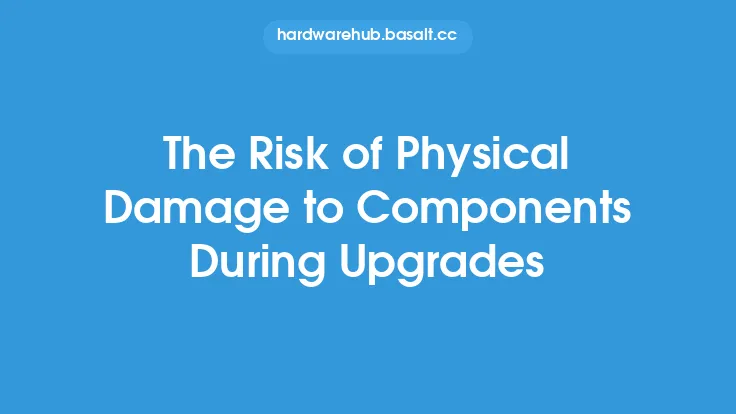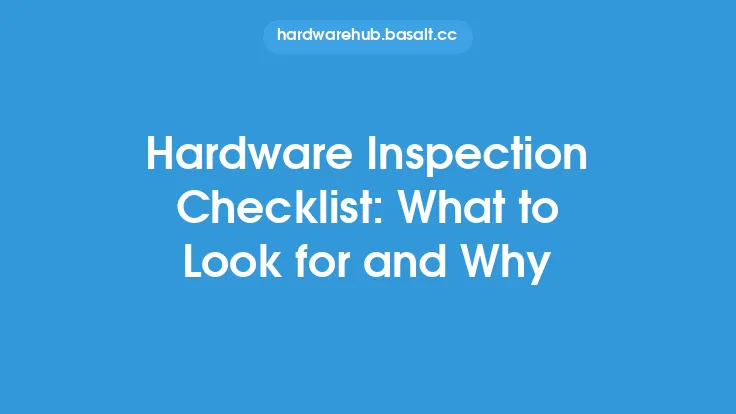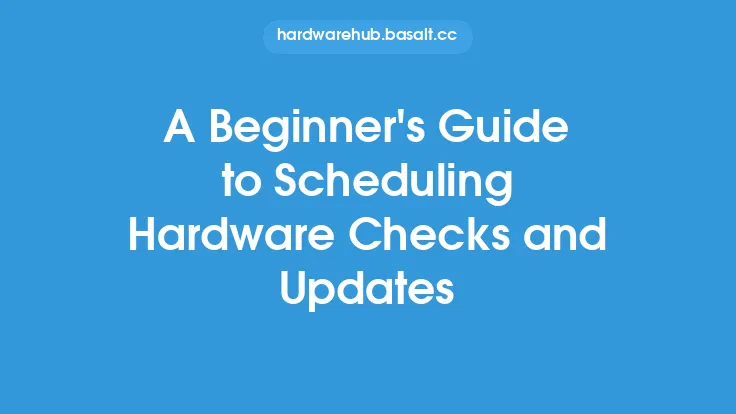When upgrading computer hardware, there are several risks to consider, and one of the most significant concerns is power surges. A power surge, also known as a voltage surge or spike, is a sudden and brief increase in voltage that can damage or destroy computer components. This can occur when there is a fault in the power supply, a lightning strike, or when the power grid is experiencing fluctuations. During a hardware upgrade, the risk of power surges is heightened, and it is essential to take precautions to protect the system.
Understanding Power Surges
Power surges can be categorized into two main types: internal and external. Internal power surges occur within the computer system itself, often due to faulty or malfunctioning components, such as a failing power supply or a short circuit. External power surges, on the other hand, come from outside the system, typically from the power grid or other external sources. Both types of power surges can be devastating to computer hardware, and it is crucial to understand the causes and effects of these surges to take preventive measures.
The Impact of Power Surges on Computer Hardware
Power surges can have a significant impact on computer hardware, causing damage to components such as the motherboard, CPU, RAM, and storage devices. When a power surge occurs, it can cause a sudden increase in voltage, which can lead to overheating, electrical arcing, and even physical damage to the components. This can result in data loss, system crashes, and, in severe cases, permanent damage to the hardware. Furthermore, power surges can also cause electromagnetic interference (EMI), which can disrupt the normal functioning of the system and lead to errors and instability.
Power Supply and Surge Protection
The power supply unit (PSU) plays a critical role in protecting the system from power surges. A high-quality PSU with built-in surge protection can help to absorb or filter out voltage spikes, preventing them from reaching the system's components. However, not all PSUs are created equal, and some may not provide adequate protection against power surges. It is essential to choose a PSU that meets the system's power requirements and has a high level of surge protection, such as a PSU with a high voltage protection rating (e.g., 600V) and a low response time (e.g., 1ns).
Grounding and Bonding
Proper grounding and bonding are also crucial in preventing power surges. Grounding refers to the connection of the system's chassis and components to the earth, providing a safe path for electrical currents to flow to ground in the event of a fault. Bonding, on the other hand, refers to the connection of the system's components to each other, ensuring that they are at the same electrical potential. Improper grounding and bonding can lead to electrical shocks, fires, and equipment damage. During a hardware upgrade, it is essential to ensure that the system is properly grounded and bonded to prevent power surges and other electrical hazards.
Best Practices for Preventing Power Surges During Upgrades
To prevent power surges during hardware upgrades, several best practices can be followed. First, it is essential to turn off the power to the system before starting the upgrade. This can be done by switching off the power supply or unplugging the power cord. Second, use a high-quality surge protector or uninterruptible power supply (UPS) to protect the system from external power surges. Third, ensure that the system is properly grounded and bonded, and that all components are securely connected to the chassis and each other. Finally, use anti-static precautions, such as an anti-static wrist strap or mat, to prevent damage to components from electrostatic discharge (ESD).
Conclusion
In conclusion, power surges are a significant concern during hardware upgrades, and it is essential to take precautions to protect the system. By understanding the causes and effects of power surges, choosing a high-quality power supply with surge protection, ensuring proper grounding and bonding, and following best practices for preventing power surges, the risk of damage to computer hardware can be minimized. Remember, a power surge can occur at any time, and it is always better to be safe than sorry. By taking the necessary precautions, you can ensure a successful and safe hardware upgrade, and protect your valuable computer components from damage.





